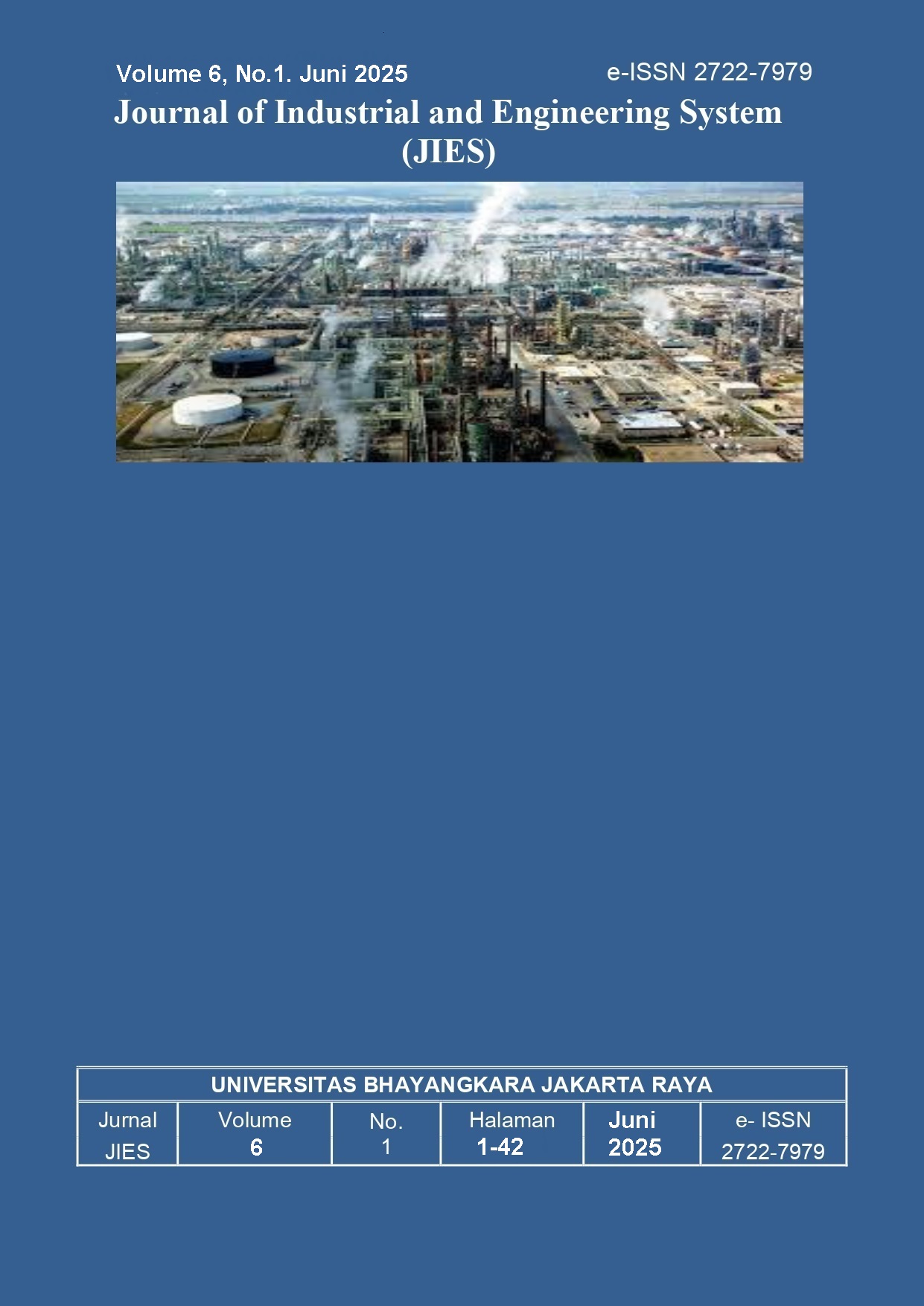Strategic Urban Warehouse Location Optimization Using a Socio-economic Center of Gravity Approach
DOI:
https://doi.org/10.31599/xysc7f70Keywords:
Warehouse Location Optimization, Center of Gravity Method, Spatial Logistics Planning, Urban Distribution Network, Weighted Demand ModelingAbstract
In the context of rapid urbanization and growing e-commerce activity, optimizing warehouse location is a crucial factor in ensuring efficient logistics performance and maintaining service-level agreements (SLAs). This study addresses the operational challenges faced by a digital commerce platform in Indonesia, particularly its overburdened warehouse in Ciracas, East Jakarta. The company currently serves over 300 daily transactions from a limited 211 m² facility, leading to delayed deliveries and suboptimal coverage across 50 sub-districts in the Greater Jakarta area (Jabodetabek). To determine a more strategic location, this research applies a weighted Center of Gravity (CoG) method incorporating two key indicators: permanent urban population and per capita disposable monthly income. These socio-economic variables are normalized and used to compute the optimal warehouse coordinates. The resulting CoG, which is located near Halim Perdanakusuma in East Jakarta, offers balanced proximity to all target areas and improved accessibility via major transportation routes, including toll roads and the Halim airport. While the exact coordinate falls within a residential zone, the surrounding area presents viable alternatives for warehouse development. Relocating to this vicinity is expected to reduce delivery lead times, enhance SLA compliance, and support expanded inventory management. This study demonstrates the value of spatial analytics and composite weighting in facility location decisions and offers a replicable framework for logistics optimization in dense urban regions.














